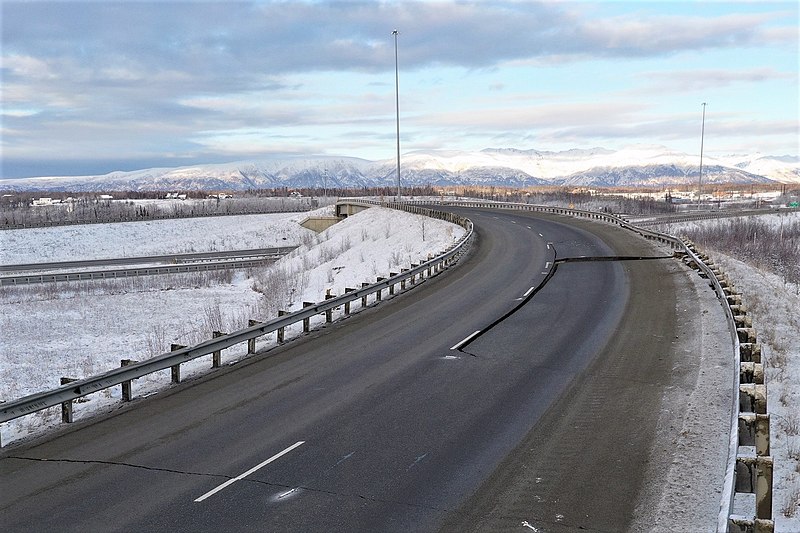
*Alaska Peninsula Earthquake Is Most Powerful U.S. Earthquake in 50 Years
By Pamela Cruz. Peninsula 360 Press [P360P]
At 10:15 p.m. Alaska time yesterday, July 28, a magnitude 8.2 earthquake struck off the coast of the Alaska Peninsula, the largest U.S. earthquake in 50 years. The depth of the Chignik earthquake was approximately 28.5 miles, which according to the Alaska Earthquake Center (AEC), is an intermediate depth earthquake.
The Chignik earthquake occurred relatively close, approximately 45 miles from the location of the magnitude 7.6 earthquake on Simeonof Island that occurred on July 21, 2020.
The AEC detailed that this telluric movement seems to be related to the previous earthquake, since both occurred along the interface between the Pacific subduction and the predominant North American plates, although the Chignik earthquake was the deeper of the two.
The Alaska Peninsula is a seismically active region where thousands of earthquakes occur each year. The largest earthquakes are located along the interface, which is called the Aleutian megathrust. The magnitude 8.2 event ruptured this interface in the region between the Shumagin Islands to the southwest and Kodiak Island to the northeast.
Previously, the magnitude 8.3 earthquake of 1938 ruptured that section of the interface.
Perryville and Chignik are the closest communities to the epicenter of the Chignik earthquake and felt the most intense tremor. Several videos and photos are circulating on social networks, showing the intensity of the event.
It was also reported that Alaskan communities as far away as the Mat-Su Valley in south-central Alaska felt the movement intensely.
So far, more than 80 aftershocks have been counted. The largest was a magnitude 6.1, about four minutes after the main quake.
Due to the offshore location, the National Tsunami Warning Center issued a warning for much of the Alaskan coast. Several communities issued evacuations. However, recorded wave heights were below one foot, and the warning was reduced a couple of hours after the event.
The U.S. Geological Survey (USGS) said the M8.2 earthquake on July 29, 2021 - July 28, 2021 local time - occurred as a result of a thrust fault at or near the interface of the subduction zone between the Pacific and North American tectonic plates.
Large earthquakes are common in the Alaskan-Aleutian subduction zone.
Since 1900, 8 other M7 or greater earthquakes have occurred within 250 km of this July 29, 2021 event, including M7.8 on July 22, 2020 - located 62 km west of Thursday's event - and M7.6 on October 19, 2020 - located 145 km west of today's event.
USGS said that given the temporal and spatial proximity of the July 29, 2021 earthquake to the two previous major earthquakes in July and October 2020, those events were foreshadowing of what happened this morning.
The Alaska-Aleutian Trench was also the site of the second largest earthquake recorded by modern seismic instrumentation, the M9.2 earthquake of March 27, 1964, which ruptured about 250 km from this event, at the eastern end of the 1938 rupture area.
The 1938 event produced a small tsunami that was recorded both locally and in Hawaii.
TYou may be interested in: Alaska earthquakes could generate tsunamis that could "swallow" part of Bay Area


